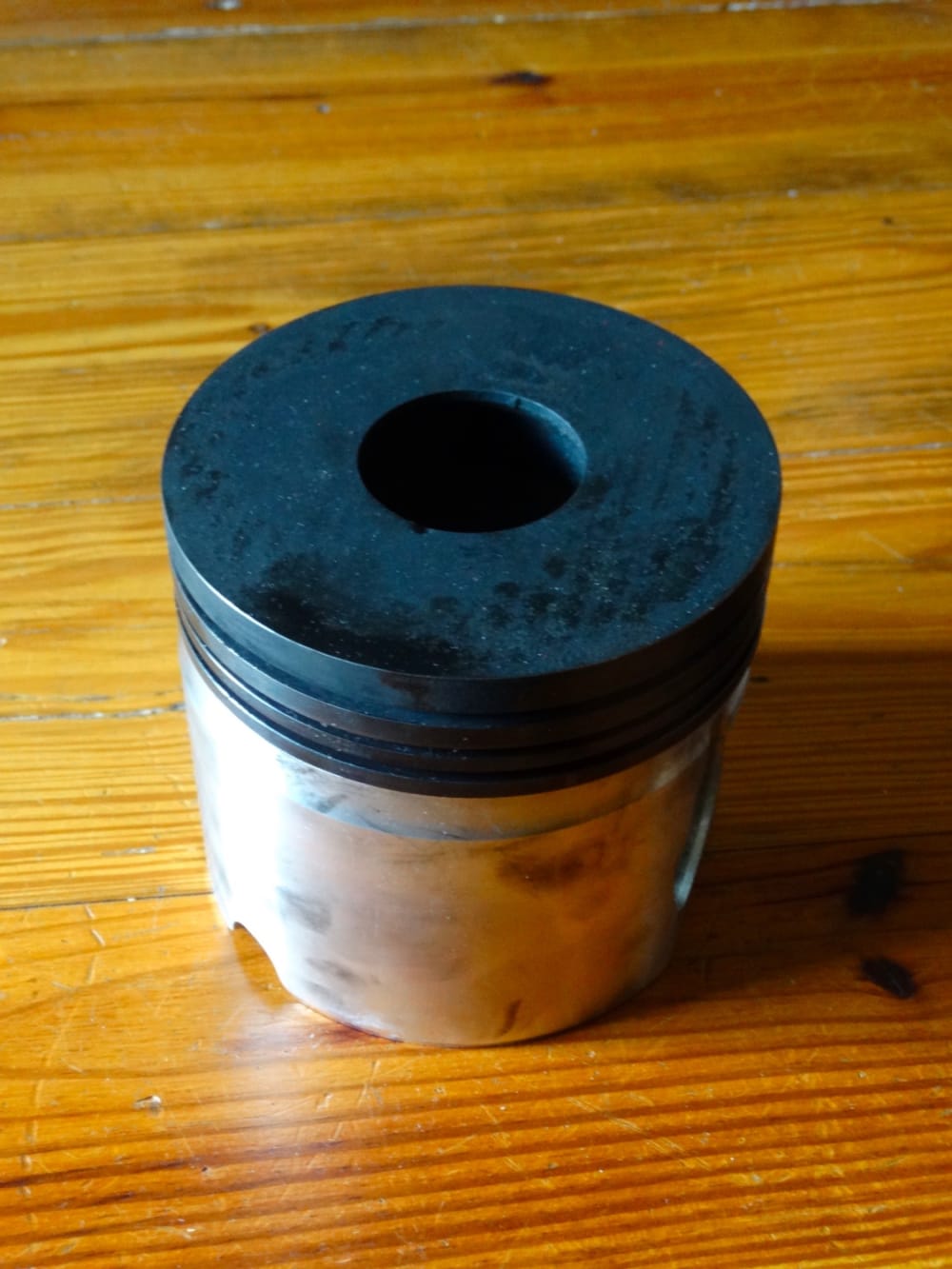Our breakthrough low-emissions diesel combustion system has been shown in detailed modeling to be capable of providing clean, pre-mixed combustion on diesel fuel at a stable and appropriate timing of ignition (without pre-ignition). Unlike in standard diesels, the entire charge is injected with time for it to mix prior to the start of combustion, preventing the overly-rich, particulate-producing mixtures seen in diesels.
By allowing the use of ordinary No. 2 diesel fuel, it ensures consistent ignition without spark plugs or a separate combustion chamber. Such low-soot combustion then allows higher levels of EGR for superior NOx control.
Its ability to run on this less volatile fuel (versus gasoline), enhances mixture formation in a stratified charge. The result is extremely low engine-out particulate in the range of 0.007 grams/kW-hr., a proposed standard for 2024 diesel trucks, eliminating the heavy and troublesome Diesel Particulate Filter. Additional benefits include the potential for higher efficiency due to a less radiant flame that also eliminates the period of rapid heat release normally seen in diesels. These two flame characteristics reduce radiative and convective heat transfer to the cylinder walls. The higher level of oxygen during air/fuel mixing may also ensure faster overall combustion but without destructive rates of pressure rise, as well as efficient operation at a significantly higher RPM. Engine noise levels should also be greatly reduced, and high-frequency vibratory and thermal stresses as well.
With a low-soot form of combustion, engine oil life should be enhanced. Our patent also includes provisions for adjusting the characteristics of the injected spray appropriately for the higher compression temperature and pressure that occurs at higher power levels in turbocharged diesels. The result would be a much more desirable diesel engine for passenger cars and light trucks that much more closely resembles the marketability of gasoline engines while being vastly more efficient.
The attached illustration shows our very different combustion chamber that greatly enhances fuel/air mixing, helping to keep in-spray mixtures from becoming too rich while also ensuring adequate vaporization rates.
Like this entry?
-
About the Entrant
- Name:John Baxter
- Type of entry:teamTeam members:John M. Baxter Douglas R. Blazey, John Embick, Leslie Eadeh. Dr. Richard Cohen.
- Software used for this entry:Yes. KIVA3vR2, Chemkin II, Engine Research Ctr. sub-models
- Patent status:patented

